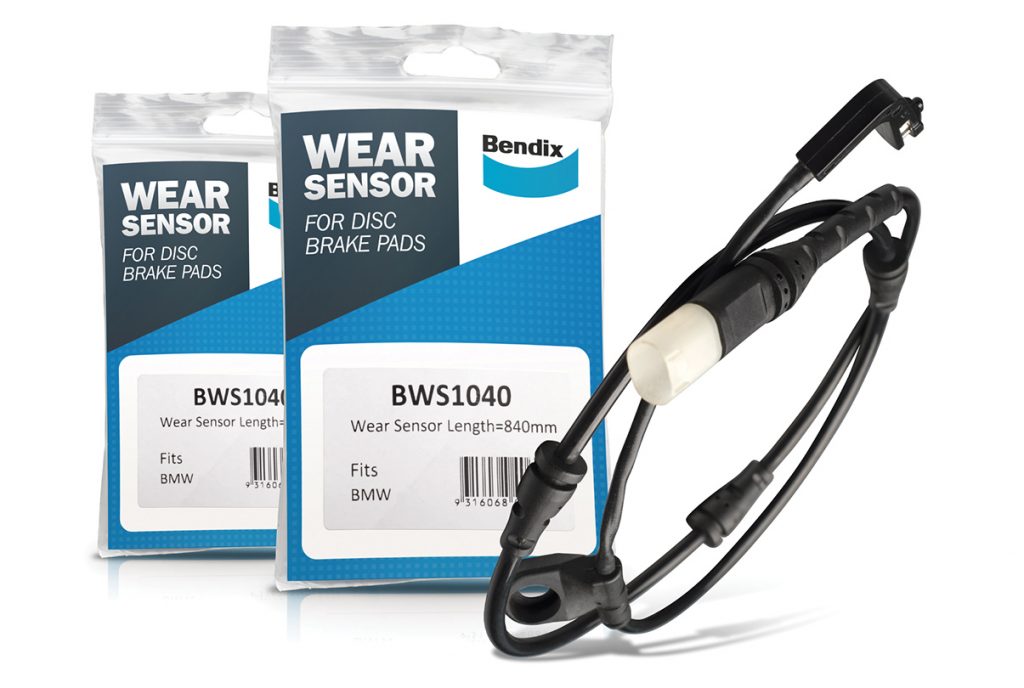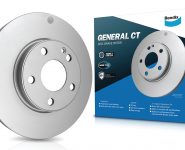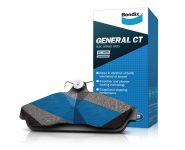BENDIX BRAKE WEAR SENSORS
Brake wear monitoring methods have gone through an evolution

The introduction of technologies such as ABS and Electronic Stability Control has led to major improvements in vehicle braking performance over recent decades.
As well as reducing stopping distances and improving braking safety, technology has progressed to better help maintain braking systems, particularly disc brake pads.
Years ago, pad wear was usually picked-up at the time of servicing. If checking pad life was overlooked at the time of servicing, the next line of defence were the ‘squealer’ tabs, and some vehicles of the same era had more sophisticated warning systems, consisting of sensors at each corner of the vehicle on the inboard pad.
These sensors were basically a loop of wire with a low current passing through it, and as the pad wore to the point where it needed replacement, the sensor loop became exposed, contacted the brake rotor and created an open circuit which triggering a warning light.
Although a more modern system, these first basic sensors were prone to failure and were often bypassed rather than replacing the sensor – not a good situation for the driver who would be left with no indication of pad wear.
Fortunately, although working on similar principles, modern brake wear sensors are a lot more reliable and can even estimate how many kilometers of service likely remains before the pads need replacing.
Mounted on the brake pad of any combination of the four wheels, these two-stage sensors work using two resistor circuits that run parallel at two depths.
As the first resistive circuit breaks, the resistance in the sensor increases. This is used to gather information such as wheel speed, brake pressure, brake disc temperature, brake operating time and mileage to estimate the life left within the brake pads.
The information is normally displayed in the vehicle’s information centre or as a warning light that varies in colour as the pad wears.
Once the second circuit is broken, the circuit becomes open. This triggers the warning light letting the driver know that it’s time for a brake service. Given that wear sensors are designed to break or complete a circuit by contacting the brake rotor, they aren’t a reusable item and should be replaced with every brake pad change.
Bendix offers brake pad wear sensors to suit a wide range of vehicles and models (over 900 applications).
For greater convenience, certain Bendix brake pad kits such as the Euro+ Brake Pads range, include replacement brake wear sensors as part of the package, along with all the other necessary components (clips, shims etc) to do the brake job.
To learn more, contact your local Bendix stockist via www.bendix.com.au/stockists









